TIPS for Digital Camera Group |
 |
| Prev Tip | Next Tip |
Composition 12 - Landscape Photography
|
Assuming you have read the previous tips, let's see how we can apply some of those tips to landscape photography as discussed by one of our guests,
Rob Bickford.
Rule of Thirds The Rule of Thirds discussed in a previous tip is nearly always applicable to landscape photos, and in many instances you may be able to align more than one focal point on an axis. Aligning a foreground object on one of the axis can often be used to enhance depth and guide the viewer into the image, but take care to ensure it does not dominate the image. |
|
|
Lighting and Contrast Once assumes that the more light you have available, the greater the contrast. However in many cases the light may be too bright and not only wash out some of the colour, but result in a very flat image. Even in low light situations it is still possible to get good contrast as the image here shows. |
|
|
Where overlapping parts of your image have a similar colouring or lack of contrast, the results can often be disappointing, so check your angles and try to create more contrast, especially if the light is subdued.
Ideally you need to choose a time of day when the light adds to the effect rather than detracts, so you have to decide what is appropriate, remembering you can't always call the shots. |
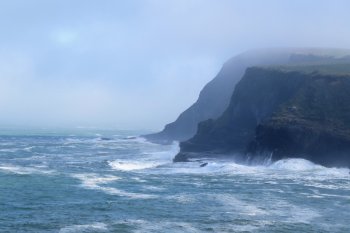 |
|
Time of Day In general, the best landscape photographs are taken early in the morning (first 3 hours of daylight) or late evening (last 3 hours of daylight), in order to capture the texture of the landscape otherwise the texture may appear flat and far less interesting, while colours may appear washed out. - you will seldom achive great landscapes when the sun is high in the sky, while dull days tend to soften the colours and contrast, which is why snow photos often appear to be grey scale. |
|
 |
|
|
The following images show the same scene taken at different times of the day as a comparison - click on the link for additional comparisons. |
|
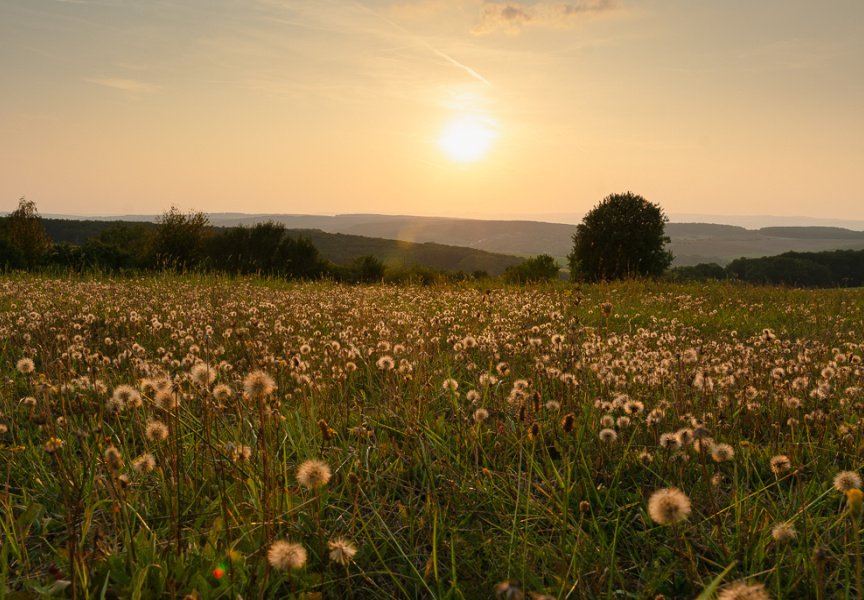 |
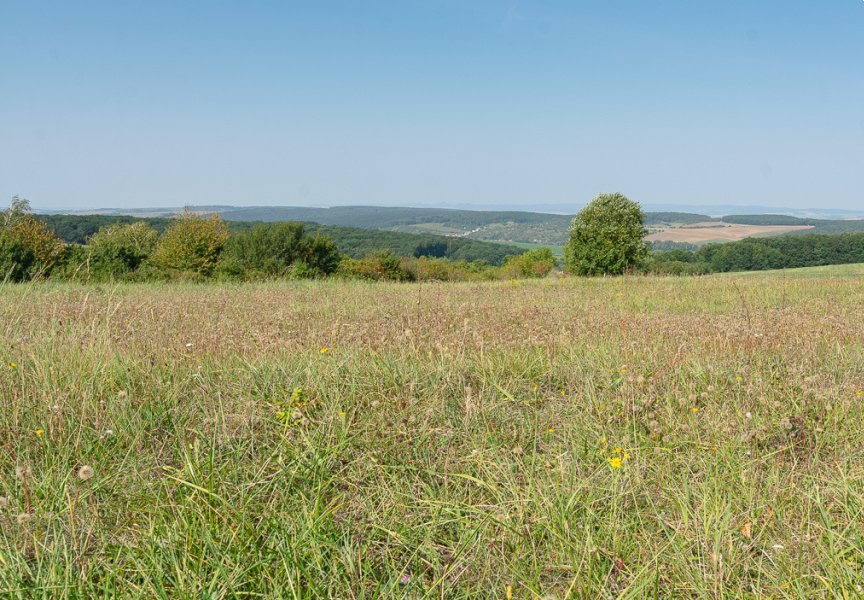 |
| Early morning | Later in the day |
|
Above images courtesy of learn.zoner.com.
|
|
|
Triangles Triangles can be used many ways in landscape photography compositions. Triangles can help create compositional stability, providing the visual design with balance and symmetry. Also, a triangle can simplify a composition, organizing the visual design around a basic shape that viewers automatically recognize and understand. Arguably, symmetrically-shaped triangles create balance and harmony in a landscape composition, while asymmetrically skewed triangles are more dynamic and energetic. |
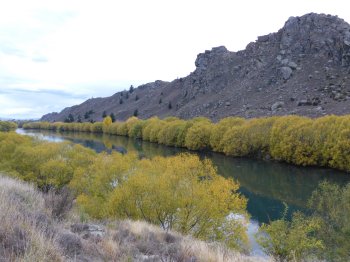 |
 |
S Curves When used in cityscapes and landscape photography, the S-curve functions as a leading line that guides the eye through a scene, giving it depth and dimension. It can be used intentionally as an element of composition, in which case the S-curve can also add a sense of motion to an otherwise static photograph. |
|
Check your Horizon A frequently overlooked aspect is the horizon, especially where the image shows water, because the latter does not like flowing up hill. Images where the horizon is not level can be distracting, even if it is very subtle. |
|
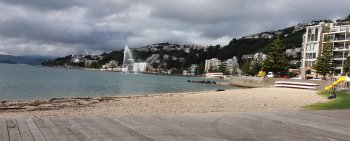 |
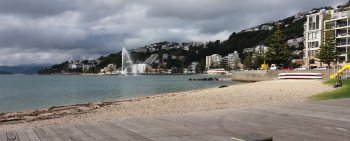 |
| Horizon tilted at 4° | Horizon levelled |
| This is something that you can fix in camera or on your PC later using editing tools, although some cropping may also be necessary. If you have difficulty determining whether the horizontal is straight, try activating "Grid Display" on your camera - the grid lines don't show on the resulting image but they are certainly helpful during composure. | |